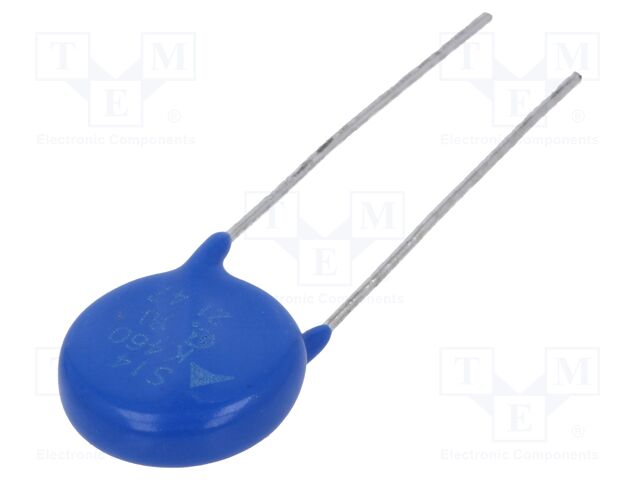fezder
Well-Known Member
Reason why I dug this from storage was because I need to order parts for that kikusui, and this leader has working XY-mode. I recalled couple things when I placed this on storage;
Slowish boot time (for beam to come in screen) and some issues with controls. Opening case to clean contacts, which should cure control issue, I noted couple MoV's cracked


Mov's that have visible cracks are D117 and D118 (Schematics attached).
Obviously those cracks got me worried. But is it only cosmetic fault?
Slowish boot time (for beam to come in screen) and some issues with controls. Opening case to clean contacts, which should cure control issue, I noted couple MoV's cracked


Mov's that have visible cracks are D117 and D118 (Schematics attached).
Obviously those cracks got me worried. But is it only cosmetic fault?


